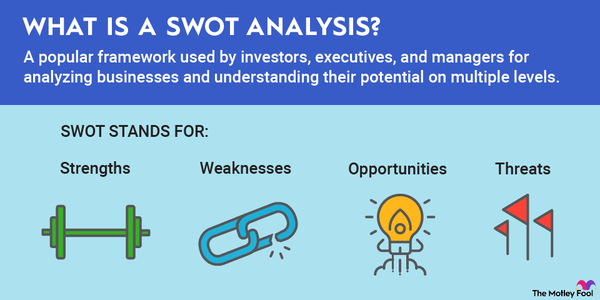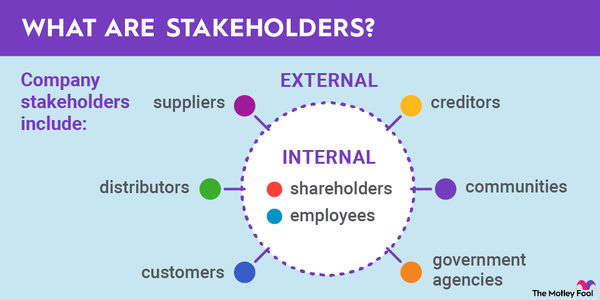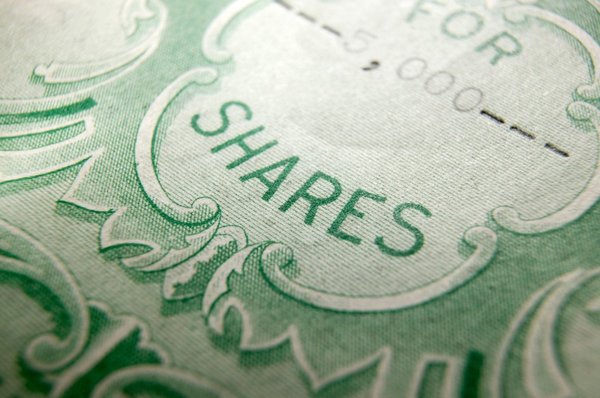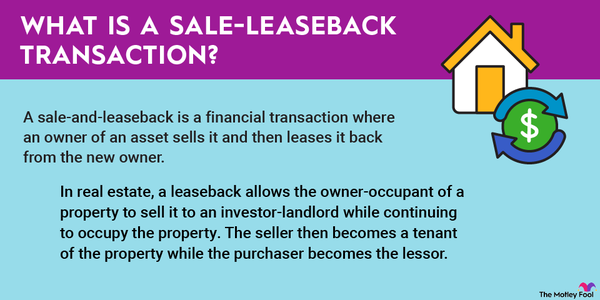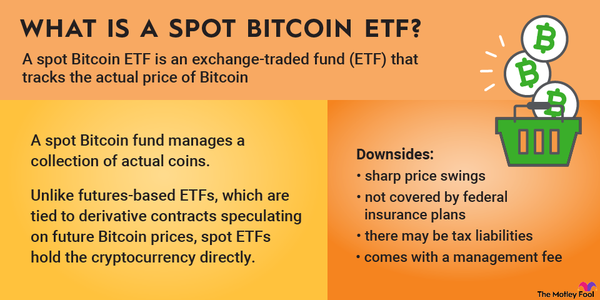When it comes to the stock market and investing, certain terms and concepts can seem complex and bewildering. A shelf offering is one such term that often leaves people scratching their heads. But fear not -- this article will guide you through the who, what, where, why, and how of shelf offerings.

What is a shelf offering?
What is a shelf offering?
A shelf offering, also known as a shelf registration or shelf prospectus, is akin to a pre-packed goodie bag. It's a process by which a company registers a new issue of securities with the U.S. Securities and Exchange Commission (SEC) but doesn't sell all of them at once. Instead, the securities are set on a "shelf" and sold gradually over a period, usually up to three years. Technically speaking, the company will use the short SEC Form S-3 in most cases. However, if the shelf offering is connected to a specific event like an announced merger or acquisition, different paperwork, such as the SEC Form S-4, might be required instead.
This process can be used with any class of securities, from common and preferred stock to warrants, bonds, or debt notes. There are also mixed shelf offerings, allowing the company to pursue the sales of two or more security types under the same registration.
This approach gives the issuer flexibility in terms of timing, price, and the amount of securities to be sold. With an active shelf registration at their disposal, a company's management team and board of directors can access more cash when they need it. They can also hold off if the reason for seeking new cash never materializes or if the market conditions aren't right for selling the pre-approved type of securities.
Why should you know about them?
Why do you need to know about shelf offerings?
A shelf offering allows a company to be more strategic and responsive to market conditions. They can launch parts of the offering when the price and demand are favorable, maximizing their capital-raising efforts.
Furthermore, the underlying mechanism of shelf registration can be faster and less costly than separate registrations for each issuance. It's like skipping the long lines at the DMV by renewing your vehicle registration for multiple years -- less paperwork and no waiting in line for next year's renewal.
This convenience and flexibility are particularly prominent in the process of automatic registrations. Here, a "well-known, seasoned issuer" (WKSI) with a significant size and a robust history of on-time SEC filings can set up shelf offerings with minimal red tape. These forms are all about efficiency, convenience, and flexibility.
How is this information useful?
How is this information useful?
For individual investors, a shelf offering is a signal to pay attention. Depending on the circumstances, a fresh shelf offering could be either an optimistic green flag for a fast-growing business or a red flag highlighting the financial struggles of a less-fortunate company.
It can be an early sign of a company's costly long-term strategies and plans for growth. Businesses filing for a large shelf offering might be planning a period of heavy infrastructure investments or an opportune buyout idea.
It might also struggle to meet the financial requirements of a debt covenant or to keep the lights on during a deep downturn. And, of course, there's always the flexible old warhorse called "general corporate purposes." Reading the company's financial statements should clue you in on the purpose of an unexpected shelf registration. That's how knowing about an upcoming shelf offering might help you make more informed investment decisions.
On a larger scale, a plethora of Form S-3 filings could be an early sign of either an economic upturn or downturn. Businesses may want easy access to extra cash so they can take advantage of fresh opportunities or to stave off a financial disaster. However, it is essential to consider that the reasons behind such filings can be complicated and should not be taken as definitive proof of an upcoming sea change. It's just another data point that can factor into a deeper investigation.
Related investing topics
Example
How Roku uses an automatic shelf offering to keep its fiscal options open
Media-streaming technology expert Roku (ROKU 2.05%) filed a shelf registration in March 2022, providing the company with a powerful box of fiscal tools.
Using the bureaucracy-dodging route of automatic registration, Roku’s Form S-3 from 2022 describes a very broad mixed shelf offering. Under the provisions of this document, Roku opened the door to raising new capital through the sale of Class A common stock, preferred stock, debt securities, or warrants over the next three years. It also allowed for converting stocks into bonds or the other way around, among other potential feats of accounting gymnastics.
Striking an astonishing balance between fiscal detail and loose wording, the S-3 filing didn’t set firm limits on the amount of stocks, bonds, or warrants to be offered. The "use of proceeds" section was the shortest chapter of all, weighing in at a svelte 101 words. It boils down to "general corporate purposes."
The company was heading into a difficult period at the time, as the inflation crisis of 2022 weighed down the market for ad sales. Roku’s free cash flows turned negative between the summer of 2022 and spring of 2023. Yet, the company didn’t go on a capital-raising spree in those tough days. Roku raised zero dollars in stock offerings and debt papers over the next six quarters, while also paying off its last scrap of long-term debt. The only change was a 4% increase in the number of shares outstanding, but those stubs were issued as part of Roku’s stock-based compensation program and didn’t put a single dollar of extra cash into its coffers.
So Roku made sure it would be ready in case a fiscal disaster or undeniable opportunity came by, but didn’t feel a need to tap into that resource -- at least, not as of the summer of 2023. That’s a fairly common story, and a good example of sensible fiscal management. A well-written shelf offering lets your company hope for the best and prepare for the worst in a single SEC filing.









